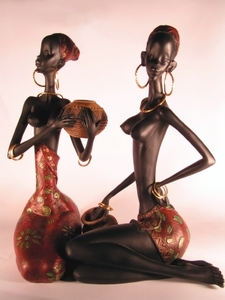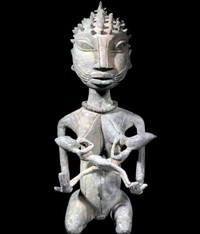 Masks can be found amongst practically all cultures around the globe. Yale University Artwork Gallery, Charles B. Benenson, B.A. 1933, Assortment. As exhibitions abound and a sport-changing new museum gets ready to open in South Africa, the market looks set to comply with. In my years of research, I’ve met many aged artists who bitterly complain about the absence of public museums.
Masks can be found amongst practically all cultures around the globe. Yale University Artwork Gallery, Charles B. Benenson, B.A. 1933, Assortment. As exhibitions abound and a sport-changing new museum gets ready to open in South Africa, the market looks set to comply with. In my years of research, I’ve met many aged artists who bitterly complain about the absence of public museums.
The artist, culture, and performance of those objects was not usually not recorded or thought to be vital. In general, nonetheless, this is an space through which different creative media clearly dominate. They are notable as centres of the fabric commerce and for their structure (see African architecture ). Furthermore, of their instant vicinity many sculptures in pottery of uncertain age have been discovered.
In his time, Simpasa was an internationally renowned artist, and sculpture and drawing had been his favorite media, but it has been reported that artwork was so deeply ingrained in him that he painted and created music as effectively. These copper-alloy castings, together with pottery sculptures (the traceable history of which works back even farther), are the principle proof for the early historical past of sculpture in sub-Saharan Africa.
VMFA’s collection of African art, thought to be one of the vital comprehensive in the United States, features figures, masks, textiles, regalia, and ritual objects from more than a hundred cultures all through the continent. As with the Makonde, the masks may be worn at makishi dances (held at the new moon), in initiation ceremonies, or for public entertainments.
The collection also consists of a wide variety of masks like the Igbo Maiden Spirit Mask, danced in masquerades that carry religious and cultural significance for contributors, together with the audience. East Africans are known for Tinga Tinga paintings and Makonde sculptures.
